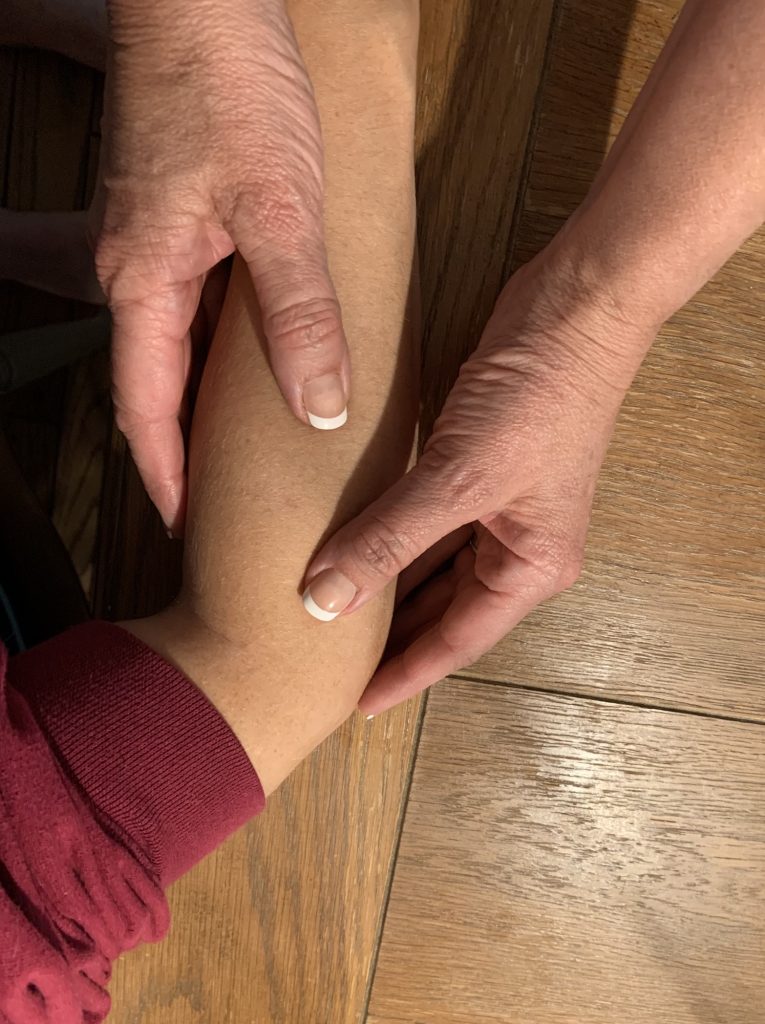
R&R: Remedy & Return
A preventative program to keep industrial athletes (employees) on the job earning a full wage and assist management with avoidance of unnecessary OSHA recordables. It is a Win-Win program. Following the guidelines of OSHA’s First Aid Regulations, an Occupational Therapist can educate and administer to employees on the proper use of heat and cold application, non-rigid soft splints/supports/bandages, company stretches (determined through the Job Analysis process), body mechanics, KT tape and massage. Employees can be seen onsite or through video visits. Appointments are arranged with minimal to no interference with job production requirements.
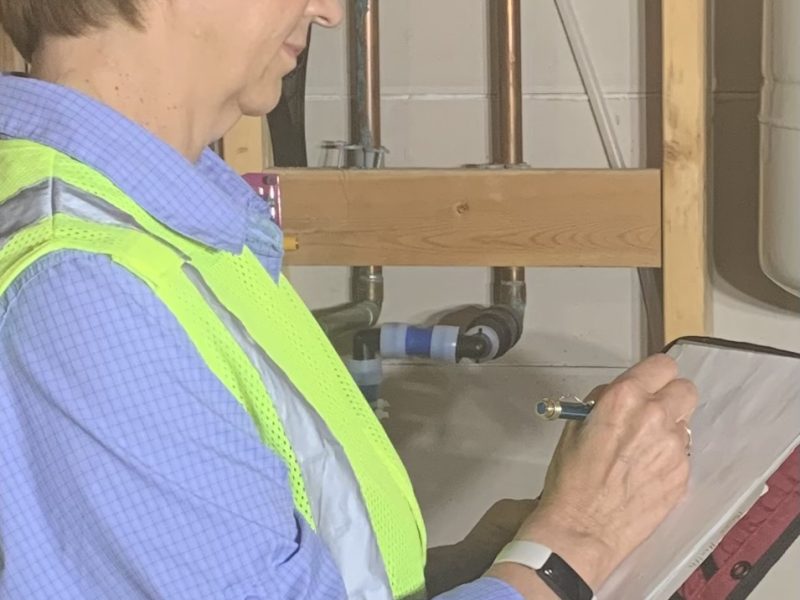
Job Analysis
A Job Analysis is a process of analyzing work duties and responsibilities that are required of employees to complete their workday. It will define “Essential Work Tasks” that make the job unique from other work areas in the plant. It will include physical job demands. Areas assessed will include lifting, carrying, reaching, extended reaches, and push and pull forces just to name a few. JA’s assist management in the following areas.
- Writing job descriptions
- Establishing a stretching program
- Recommendations for improved ergonomic work practices and safety
- Determine training needs
- Assist with identifying ergonomic hazards
- Establishing light-duty return to work areas
- Establishing a Post Offer – Pre- Employment Test

Ergonomic Risk Assessment
This report is task-specific and can include one or more industrial/computer workstations. This identifies, measures, and mitigates various risk factors in your work environment that may lead to workforce musculoskeletal disorders or repetitive strain injuries. This is a proactive service that uses objective tools to assess risks and confirm non-risk areas. We take time to discuss existing problem tasks with not only the management but also the employee. Engaging the entire workforce is critical to successful mitigation.
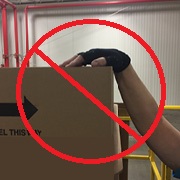
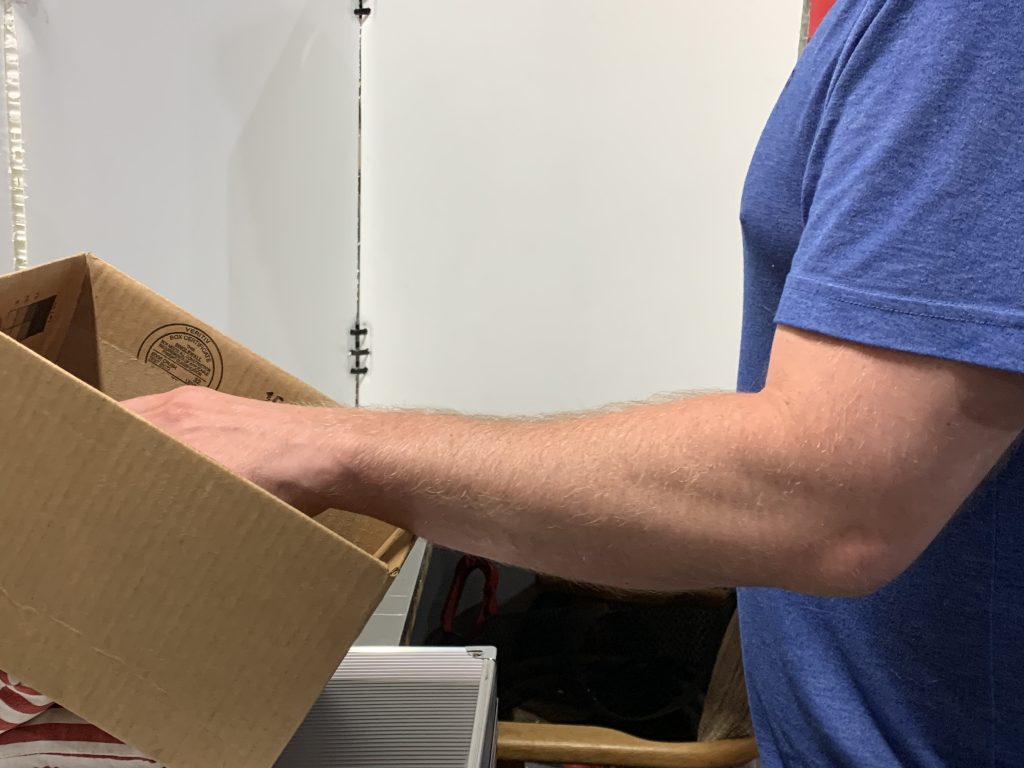
Job Coaching
Employee training and education are essential for establishing proper ergonomic processes during work tasks. It ensures employees are informed about how ergonomic principles can positively affect their work performance, health, and productivity. Job coaching sessions are completed onsite and are individualized following an ergonomic risk assessment. Examples of Job Coaching include proper ergonomic material handling, safe lifting, correct postures, techniques to avoid awkward postures during lifting/carrying tasks, and adaptation of work tools/machines to promote ergonomically correct work practices.
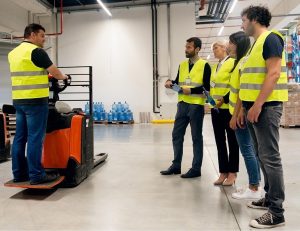
Training Sessions
The following training/education sessions can be specifically customized to fit your company’s needs. For example presentations at company-wide employee meetings, new hire training, and specific department training.
A program called “Train the Trainer” is specifically designed to educate supervisors and employee leaders in the basics of manufacturing ergonomics. These leaders can then go out onto the floor and be the “eyes” of correcting and promoting proper work postures.
Interactive presentations are custom designed to fit the needs of your company. Popular topics include ergonomic principles, posture, self-care tips, lifting, material handling, office/computer workstation setup, and establishing a work stretching program.

Office Ergonomics
An ergonomic evaluation of the computer workstations will include a review of proper body mechanics and neutral positioning of extremities as it relates to the workstation. Areas assessed will be workflow, chair, keyboard/tray, desk (sit/stand), mouse use, alignment of equipment, monitor, copyholder, phone use, and need for a footrest. These training sessions can stand alone or become part of your ongoing comprehensive safety program. When management and employees are properly trained avoidance of strains, sprains, and awkward lifting are minimized and workplace injuries can be reduced.
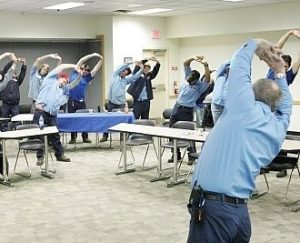
Stretching Programs
Personalized to your company’s needs, these programs are designed to prevent and alleviate muscle soreness and avoidance of strains and sprains. Customized stretches are chosen to promote increased blood flow to musculature used specifically during targeted at-risk job tasks.
